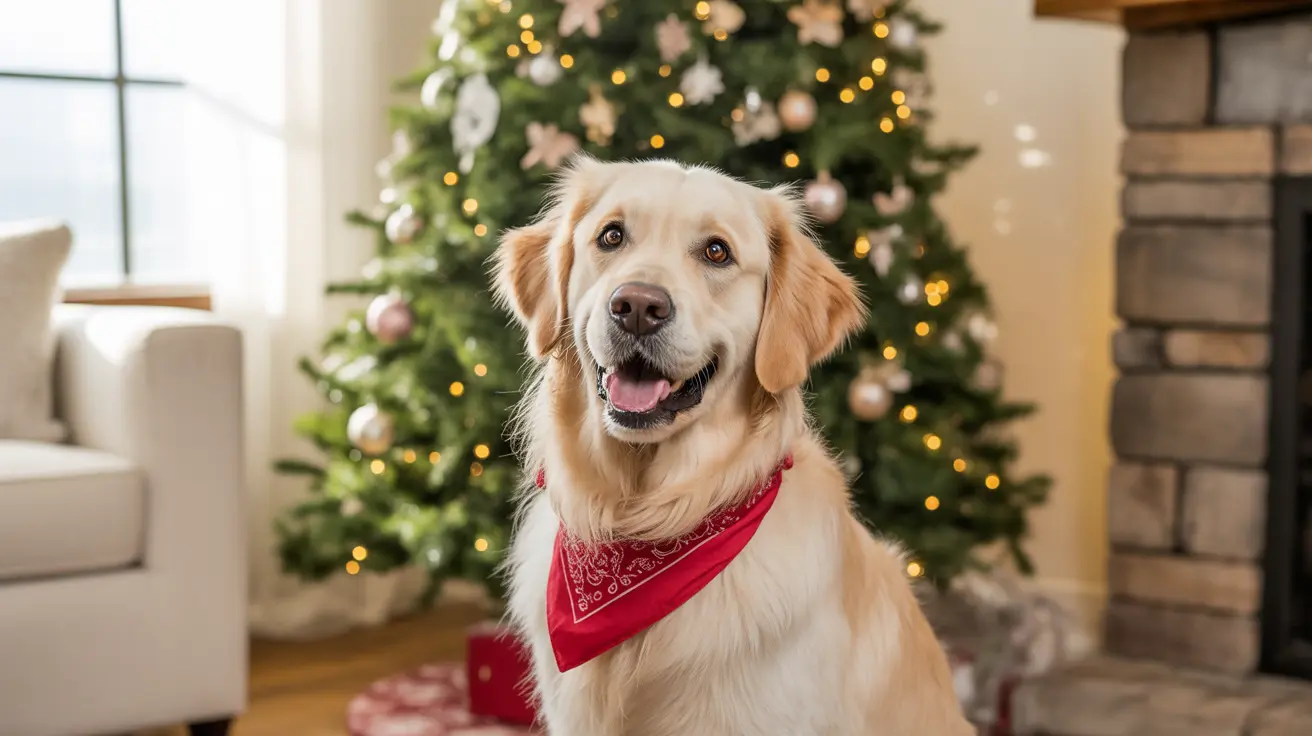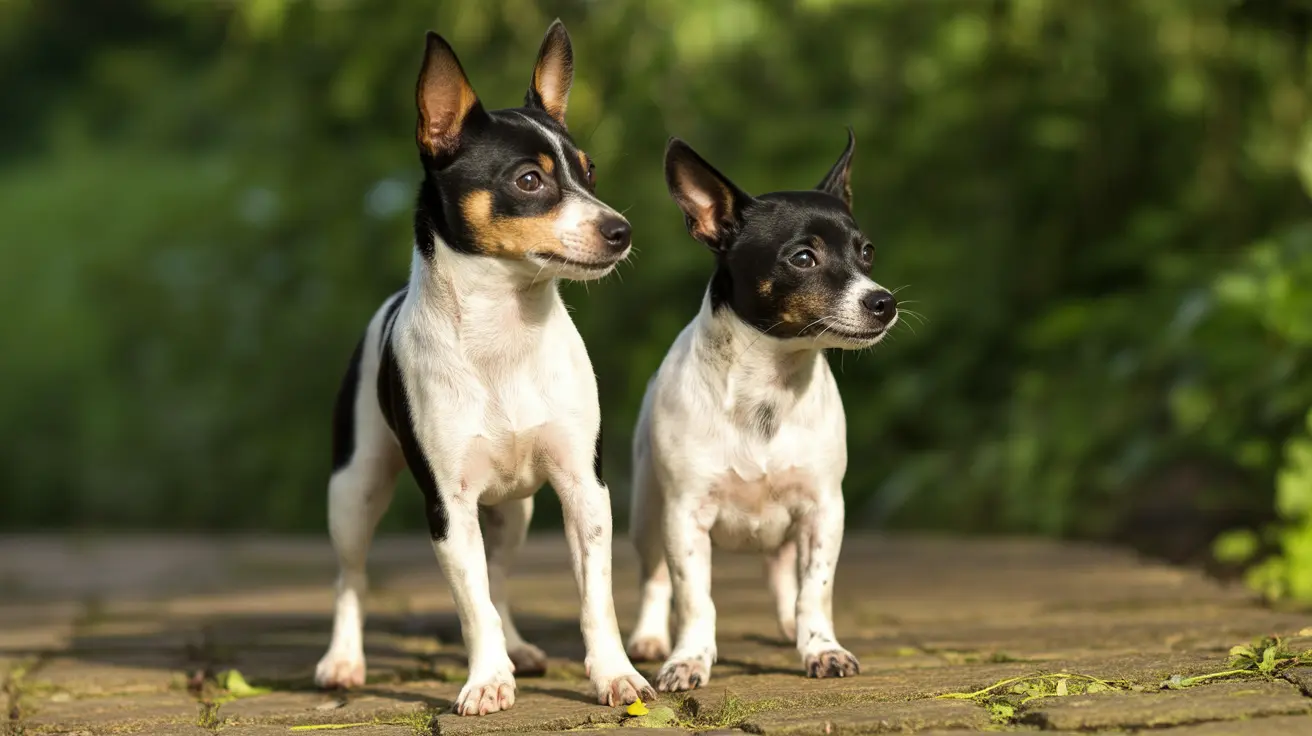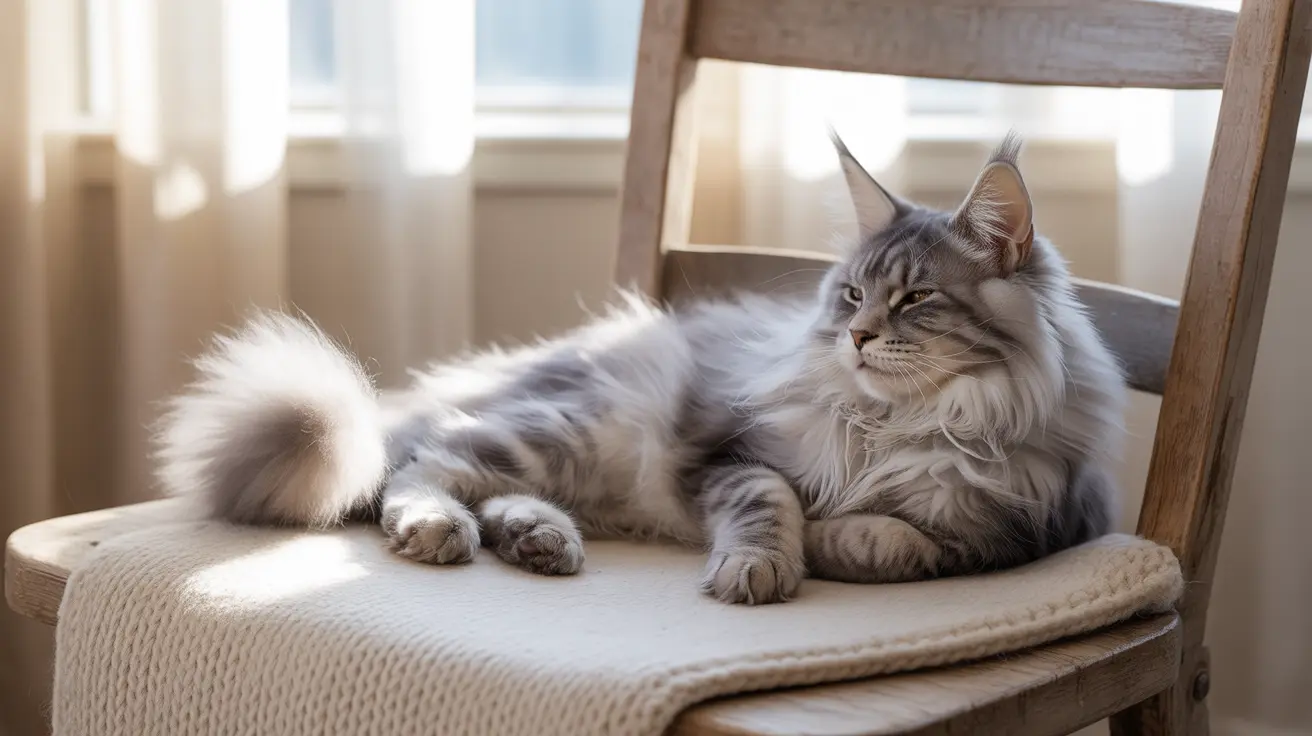Why Does My Dog Follow Me Everywhere?
Ever feel like you have a furry shadow trailing your every move? If your dog follows you from room to room, you're not alone—many pet owners experience this loyal (sometimes clingy) behavior. Let's explore the reasons behind it and what it might mean for your relationship with your canine companion.
Attachment and Bonding
One of the main reasons dogs stick close to their humans is attachment. Dogs are social animals that form strong bonds with their families. When your dog follows you everywhere, it's often a sign of affection and trust. They see you as their leader and source of comfort, so staying near you just feels right.
Instincts at Work
Domesticated dogs inherited many behaviors from their wild ancestors. In packs, dogs stick together for safety, hunting, and companionship. Your home is your dog's "pack," and you're the most important member. Following you around is a natural extension of this pack mentality.
Curiosity and Routine
Dogs are naturally curious creatures. They want to know what you're up to—whether it's grabbing a snack or heading outside. If you've ever dropped food on the floor or given treats in the kitchen, your dog may have learned that following you could lead to something tasty or fun.
- Routine Reinforcement: If certain activities (like walks or feeding) happen when you're in specific rooms, your dog will associate following you with positive outcomes.
- Scent Tracking: Dogs have powerful noses and enjoy being surrounded by familiar scents—especially yours!
Seeking Security
Some dogs follow their owners because they feel safer when they're close. New environments, loud noises, or unfamiliar people might make them anxious. By sticking by your side, they're looking for reassurance that everything's okay.
Boredom or Lack of Stimulation
If your dog isn't getting enough mental or physical activity, they might follow you simply because there's nothing else to do. You represent entertainment—a walk outside, a game of fetch, or even just some attention.
- If this seems to be the case, try increasing playtime or introducing puzzle toys to keep them engaged.
Velcro Dogs: When Is It Too Much?
The term "Velcro dog" describes pups who are especially clingy. While most following is harmless and endearing, excessive attachment can signal separation anxiety or other behavioral issues.
- If your dog becomes distressed when you leave—even for short periods—it may be time to consult a vet or trainer.
- Look for signs like destructive behavior, whining, pacing, or accidents indoors when left alone.
How Should You Respond?
If you're comfortable with your dog's devotion, enjoy it! But if it starts interfering with daily life (or makes them anxious), consider:
- Gradually encouraging independence by rewarding calm behavior when they're not glued to your side.
- Providing safe spaces where they can relax alone—a cozy bed in another room works well.
- Praising them for exploring on their own rather than always following you.
The Joys of Canine Companionship
Your dog's tendency to follow you everywhere is usually a sign of love and loyalty. It's their way of saying they trust you completely—and want to share every moment together (even if it's just a trip to the bathroom!). Understanding why they do this helps strengthen your bond and ensures both of you feel secure and happy at home.





